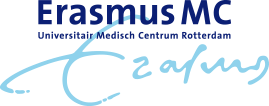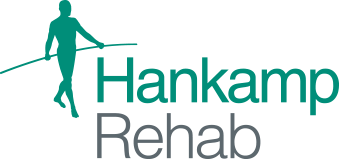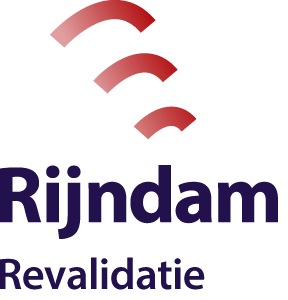Regain self-management by better understanding of paretic arm function
In this project, they developed an innovative Shoulder Elbow Perturbator that can create a breakthrough in diagnosing impaired hemiparetic arm function.
Stroke is a leading cause of long-term disability in adults, occurring in approximately 2.6% of the Dutch population, with 80% of these patients suffering from upper limb paresis. Upper limb paresis also occurs in cerebral palsy (CP), one of the leading causes of disability in children. Due to the increased longevity of persons with CP, most of this population is now at adult age, resulting in an estimated population of 25.000 adults with CP in the Netherlands. The medical and societal impact of impaired arm and hand function is large because it limits patients' independence and daily functioning. Intensive therapy is expensive, and therefore, it is essential to aim for an efficient treatment that maintains or improves independence and self-management.
For patients with upper limb impairments after a stroke and in cerebral palsy, the currently available clinical measurement instruments are inadequate for reliable quantification of multiple impairments, such as muscle weakness, abnormal synergy, changes in elastic joint properties and spasticity. As a result, it is difficult to personalise and optimise the treatment for these patients. Robotic devices to date have successfully achieved precise and accurate quantification but are often limited to measuring one or two impairments. In a consortium of the department of Rehabilitation Medicine of the Erasmus MC, Hankamp Rehab, Rijndam Rehabilitation Center and the TU Delft, they developed and clinically tested an innovative Shoulder Elbow Perturbator. They collected data from a total of 29 subjects after a stroke, 20 patients with cerebral palsy and 45 healthy controls.
The consortium found that they can effectively quantify four essential elbow impairments in stroke patients and distinguish impairment scores of patients from healthy controls. By combining the data, they can create a patient-specific profile that can help clinicians to select the right treatment for the right patients. By optimising their measurement protocol, they can now perform all measurements in a single session without too much fatigue or discomfort for the subject.




